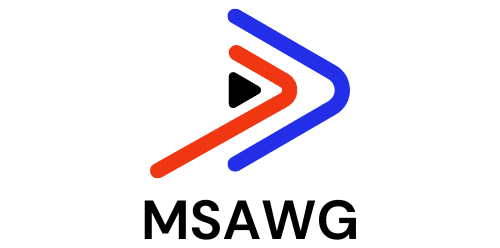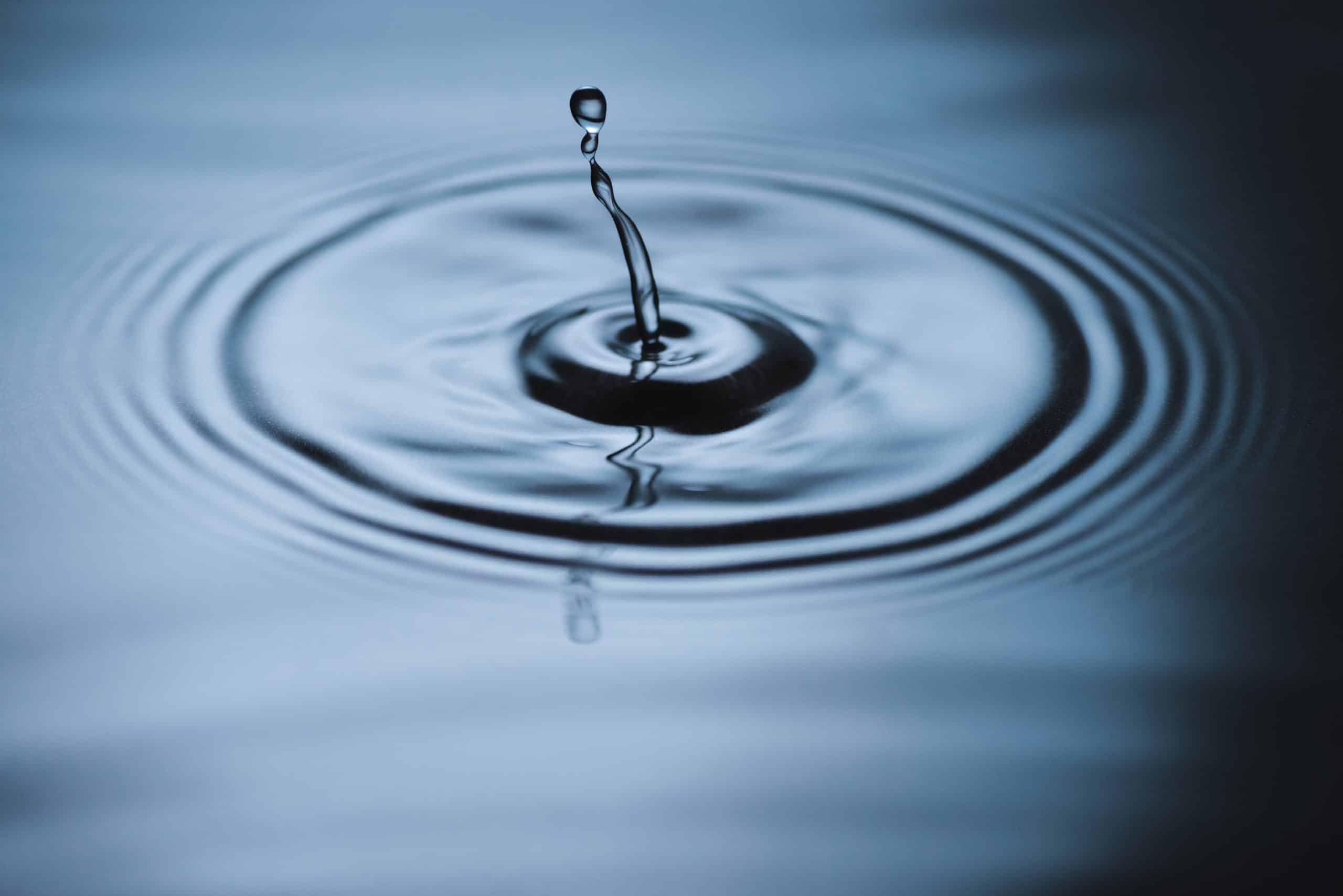Hockey is a high-speed, physically demanding sport that requires an exceptional level of skill and athleticism. Among the various positions, the role of the goalie is particularly challenging. Making split-second decisions while operating in a fast-paced, high-pressure environment, the goalie is the last line of defense. To prepare for this role, youth hockey goalies engage in intensive training regimes that focus on enhancing their physical, cognitive, and motor skills. In recent years, multi-sensory training environments have been introduced to further enhance skill development. But what impact do these environments have on youth hockey goalies? Let’s delve deeper to understand this.
Understanding the Hockey Environment
Hockey is played on ice, a slick and slippery surface that adds an extra layer of complexity to this high-intensity sport. The players are required to demonstrate a high level of agility, balance, and coordination to navigate this challenging terrain. Among all the players on the ice, the goalie is under the most pressure. The goalie’s performance can make the difference between victory and defeat.
A lire en complément : How can a biofeedback-assisted relaxation program benefit archers before a competition?
Regular training helps the goalies improve their physical abilities, but it’s the mental and sensory skills that often separate the best from the rest. Responding to visual cues, reacting to the opponent’s moves, and anticipating the trajectory of the puck are all cognitive tasks that are vital for a goalie’s performance. Here’s where multi-sensory training environments come into play.
The Advent of Multi-Sensory Training Environments
In recent years, advanced training techniques have emerged, aimed at enhancing the cognitive skills of athletes. Among these, multi-sensory training environments have gained significant attention. These environments, often created through virtual reality (VR) and augmented reality (AR) technologies, simulate hockey-specific scenarios and challenge the athletes’ cognitive and sensory skills.
A découvrir également : What’s the best approach to acclimatize to heat for triathletes competing in tropical climates?
A study conducted by a renowned university involved participants from different youth hockey leagues. The participants trained in a multi-sensory environment and their performance was evaluated over a period of time. The study found significant improvements in the goalies’ reaction time, decision-making skills, and overall performance.
Impact on Injury Reduction
The physical intensity of hockey often leads to injuries, particularly concussions. According to a report from PubMed, concussion rates in youth hockey are alarmingly high. But, could multi-sensory training environments reduce the risk of injuries?
Yes, they could. By simulating game-like situations and providing a safe environment for the goalies to practice, multi-sensory training environments can help reduce the risk of injuries. The goalies get to experience high-pressure situations, learn to anticipate the opponent’s moves, and improve their reaction time without the physical risks involved in real-life games. This kind of training is crucial for reducing the risk of concussions.
Impact on Skill Development
The primary goal of any training regime is to improve performance. And the performance of a hockey goalie is heavily influenced by their sensory skills. Multi-sensory training environments are designed to enhance these skills. They challenge the goalie’s cognitive abilities, improve their reaction time, and help them make quicker, more accurate decisions.
In the aforementioned study, the researchers found that the participants who trained in a multi-sensory environment showed significant improvement in their sensory skills. They were better at predicting the trajectory of the puck, making quick decisions, and responding to the opponent’s moves. This clearly indicates that multi-sensory training environments can have a positive impact on the skill development of youth hockey goalies.
Future of Training in Hockey
The advent of multi-sensory training environments marks a significant shift in the training methods used in sports. Given the benefits they offer, it’s likely that these environments will become an integral part of hockey training in the future. They provide a safe and effective way to enhance the cognitive and sensory skills of athletes, thereby improving their performance and reducing the risk of injuries.
While the physical abilities of an athlete will always play a crucial role in sports, it’s the cognitive and sensory skills that often make the difference. By embracing multi-sensory training environments, we can help our youth hockey goalies develop these skills and prepare them for the demanding and high-pressure environment of ice hockey.
The Role of Associated Technologies in Multi-Sensory Training
Technologies such as virtual reality (VR) and augmented reality (AR) play a crucial role in modern multi-sensory training environments for youth ice hockey goalies. These technologies provide a simulated environment that closely replicates the real-life experience of a hockey game. For instance, VR headsets can create a 3D environment, where the goalie can practice responding to the opponent’s moves, predicting the trajectory of the puck, and improving their reaction time.
Moreover, AR can overlay digital information on the real world, providing real-time feedback to the goalies about their performance. This allows them to make adjustments to their technique, stance, and decision-making process, thereby enhancing their overall skill set. A study published in the journal "Science Gov United" showed that goalies who used VR and AR as part of their training program had significantly faster reaction times and better decision-making abilities than those who did not.
In addition to VR and AR, other technologies like motion capture and biometric tracking are also being used in the multi-sensory training environments. These technologies can track the movements and physical fitness of the hockey players, helping them to understand their strengths and weaknesses.
Importantly, these technologies provide a safe environment for the goalies to practice. By eliminating the risks associated with physical contact and body checking, multi-sensory training environments can potentially reduce the high injury rates in youth ice hockey, particularly head impacts and concussions.
Conclusion: The Future of Youth Ice Hockey Training
The landscape of training for youth hockey goalies is undergoing a radical transformation. The emergence of multi-sensory training environments, powered by VR, AR, and other advanced technologies, marks a significant shift in the traditional training methods. These environments provide a safe and effective platform for enhancing the cognitive and sensory skills of the goalies, thereby significantly improving their skating performance.
The future of youth ice hockey training is likely to see an increased adoption of these environments. As the benefits of multi-sensory training become more evident, it won’t be a surprise if they become mainstream in training regimes across the world. Notably, the potential to reduce injury rates, especially concussions, is a powerful driving force behind this shift.
Moreover, the research community is showing a keen interest in studying the impact of multi-sensory training environments on youth hockey goalies. Numerous studies, reported in reputable access journals such as "Journals Sweden" and "Google Scholar," are underway to understand this better.
In conclusion, the adoption of multi-sensory training environments is more than a trend. It’s a revolution in the training methods for youth ice hockey goalies. These environments are set to play a pivotal role in shaping the future of the sport, preparing the next generation of goalies for the high-pressure, fast-paced environment of ice hockey, while ensuring their safety and well-being.











